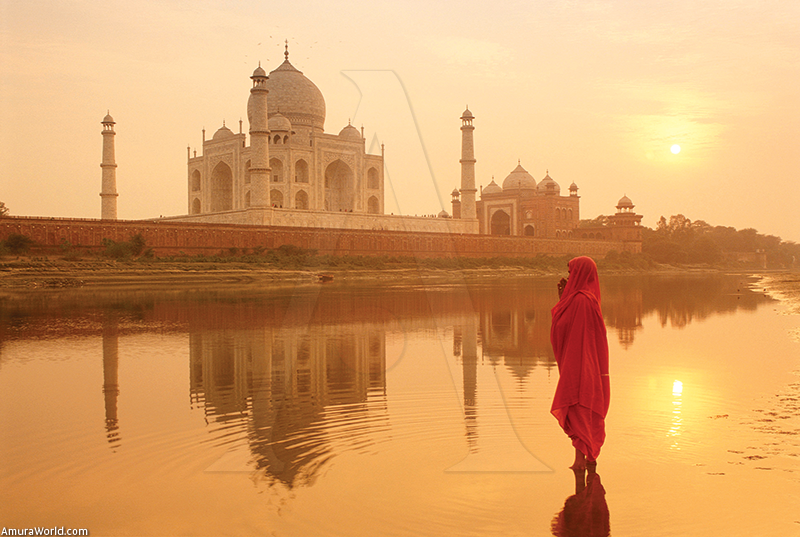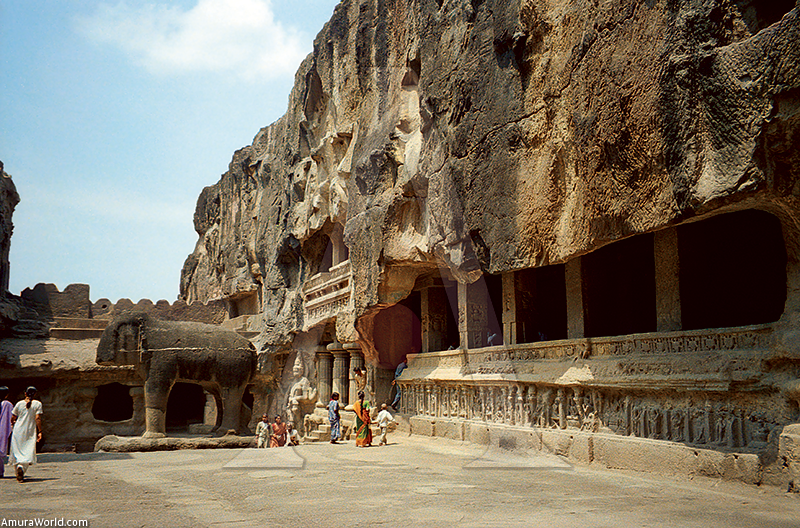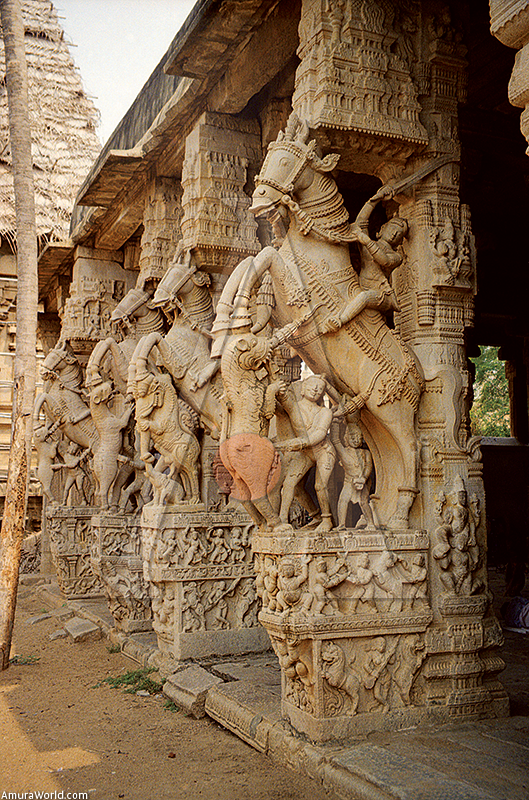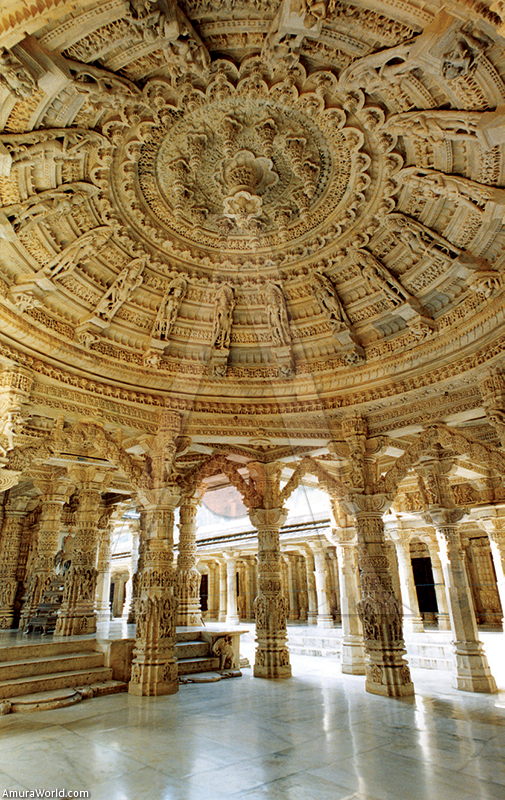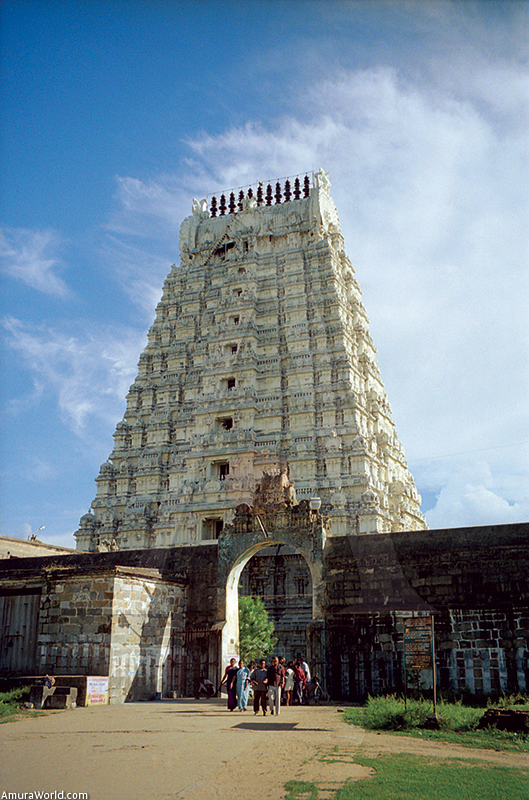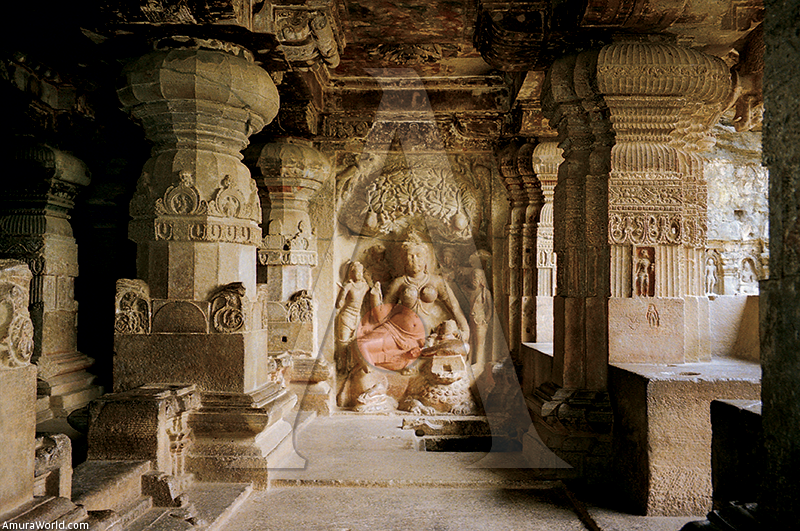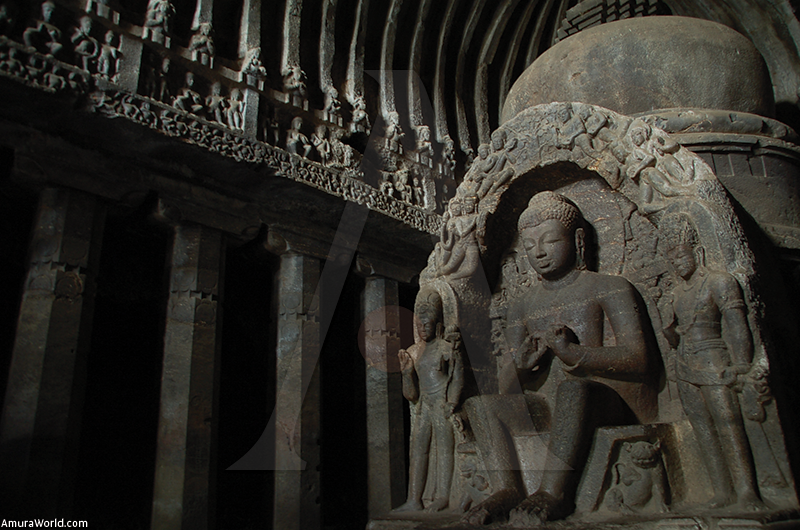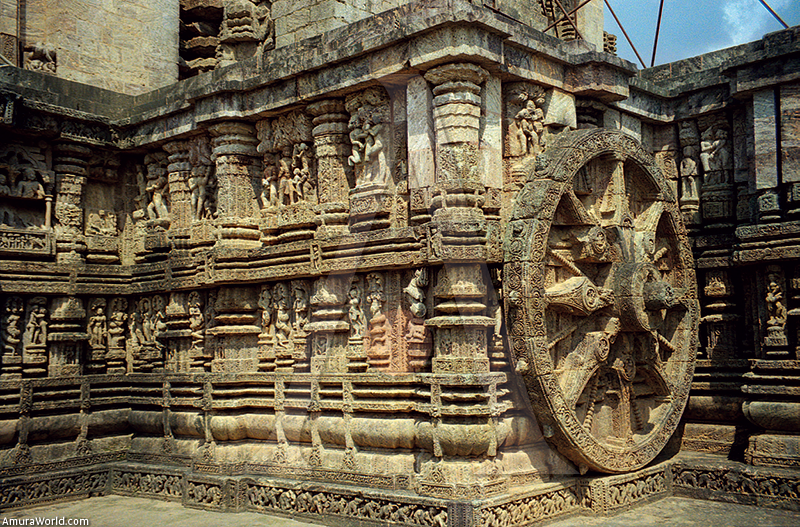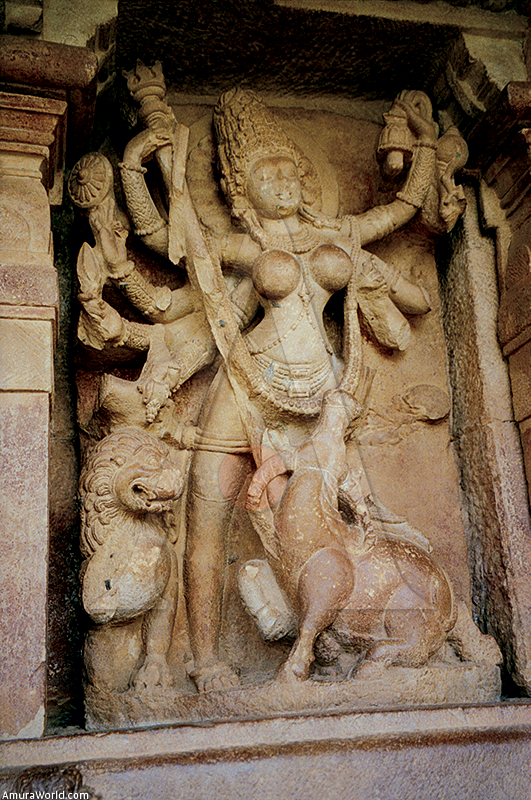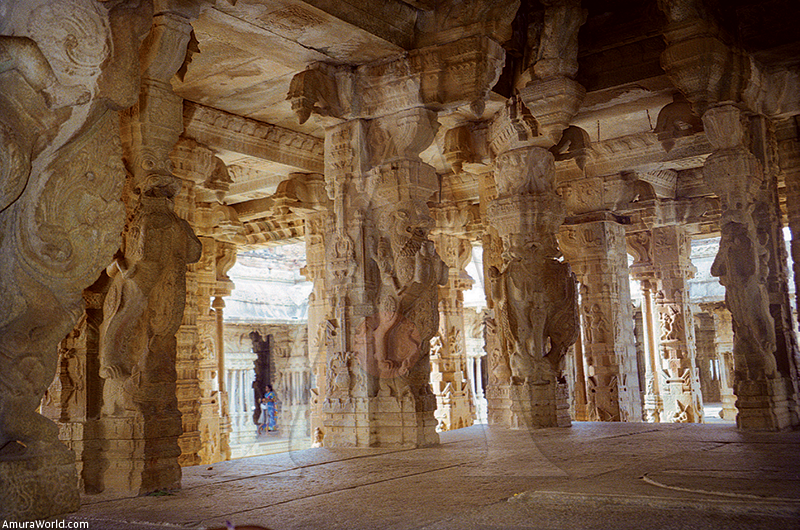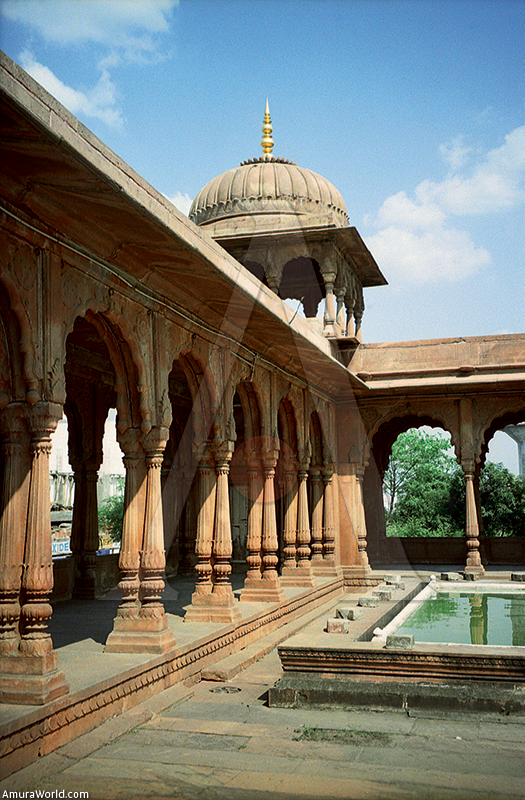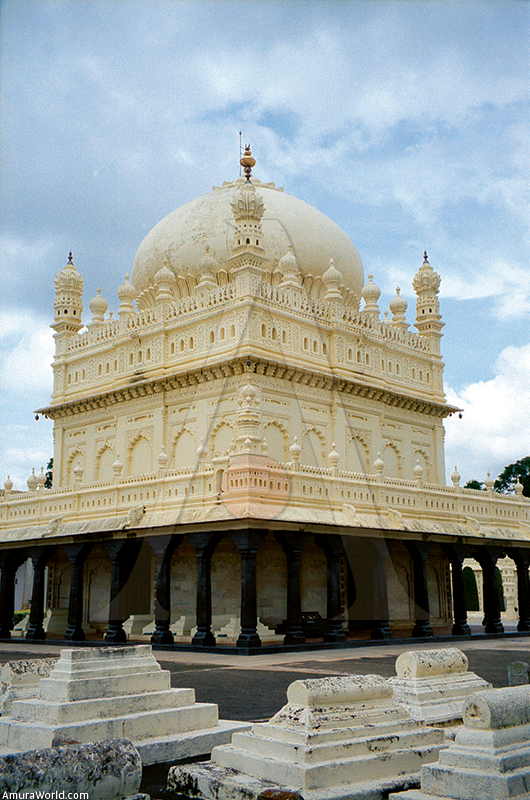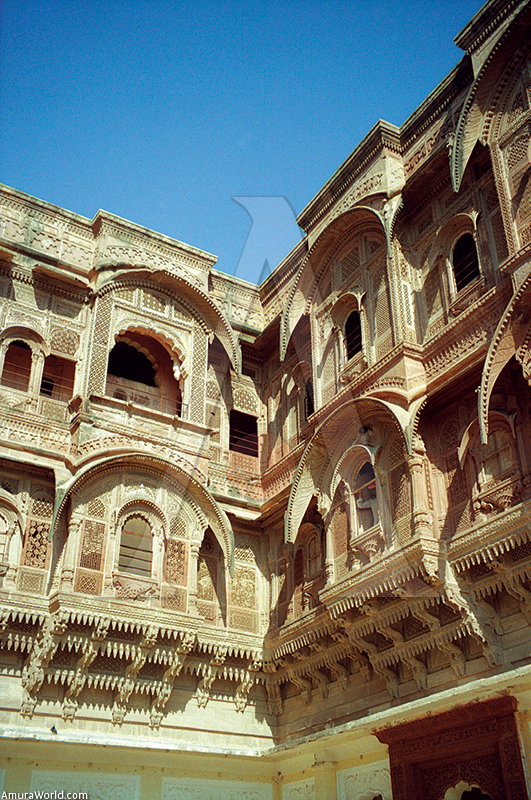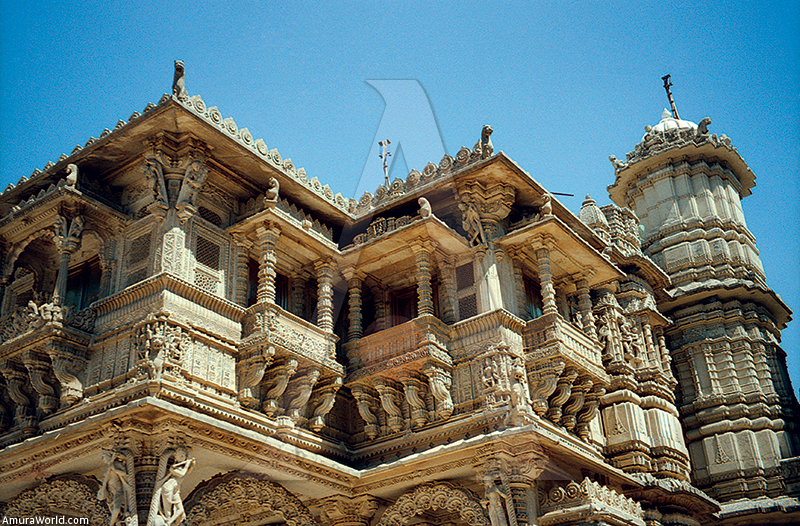Country of great contrasts, with a cultural tradition of over 2,500 years B.C, with a population of over 1,150 million inhabitants, India is the second most populated country in the world, only behind China.
India turns out to be a sacred and medita- tion destination that every traveler has on their heads, but it’s not the same if you visit South India than the north of Punjab, or the overpopu- lated city of Calcuta, the Tibet or the modern and mighty Delhi, Bangalore and Bombay, or the spir- itual cities like Benares.
For this new journey, Amura Yachts & Lifestyle makes a different proposition, an invitation to see the other face of India for 40 days, through a non traditional zone, going through 51 spots where the beauty of each place reaches us through its art, sculpture, architecture and reliefs of a nation powerfully emerging.
By car (daily taxi or route) or train as transpor- tation methods, Architect Luis Garcia Vallarta -also an art historian-wili be our guide through beauti- ful temples and palaces of a country with plenty of places to visit.
Historical, Cultural and Religious Frame
It is precisely because of these historical, cul- tural and religious frames that year after year, millions of people from all around the world come to these lands.
With 3,287.590 km2 and 1, 100 million inha- bitants, it’s the 7th biggest country in the world in extension, that compared to Mexico (with 2 million square meters surface) and 110 million inhabitants, it is traduced into 50% more territory, but almost 10 times more population compared to ours.
“I realized that India has very interesting things, more than one usually knows about, from the traditional Taj Mahal that everyone identifies it with India. I found out that most of the culture is in small places, that sometimes are not even popu- lations but only temples or remains of something that once was’’, explained Architect Garcia Vallarta, who during a whole year planned this trip with the help of an infinity of books, maps and guides.
Once the trip was planned, it was decided to trace the route south, since the raining season had to be taken into consideration because of the fa- mous monsoons that cause big floods, that's why the ideal time to travel is from October to March, starting from Mumbai towards the regions of Ma- harashtra, Kamakata, Tamil Nadu, Orissa, Bihar, Madhya Pradesh, Delhi, Rajasthan and Gujart, then going back to Mumbai and then to Mexico.
But before getting started with the journey, we will have a brief review of the Hindu origins and for this we will go back to the formation of the Indoeuropean Em- pire, with the Sanskrit as a language, after the Arian in- vasion who were originally from what we know today as Irak and Iran. Towards 600 B.C Buddhism appeared with the representative figure of Sidharta Gautama (Buddha) and its peak was until the year 321.
Another important influence in India was the birthof IranandwithEmperorAsoka(2ndcenturyB.C)Buddhism becomesveiypopularuntiltheTurquishinvasion(1000- 1027) and the Mongol invasion (1241-1421), after this came the Sultanate of Delhi (1206-1526) to then make way to the Islam (1440-1525), followed by the return of the Mongols (1526-1761).
It is in 1498 when Vasco da Gama discovers India and because of this, the Portuguese, Dutch, English, French and Danish migrations took place until the English took over the colony from 1852 until 1947. This last year was the year of their independence from the hand of social and spiritual leader, Mahatma Gandhi.
The population of India is very religious, with predominant Hinduism with 80%, Islamism with 10%, Buddhism 4%, Christianism in all its denominations 2%, Sijs 1.5%, Janis 1% and other religions 1.5%.
Starting Point: Bombay
Also known as Mumbai, is the most important city in India and the capital of Maharashtra. In the 80’s, this city became the economic, financial and commercial capital of India; it’s also famous for Bollywood, the international movie industry.
One of the main symbols of the city is the Gate- way of India, a huge arc built at the beginning of the 20th century to welcome King George V. Next to it, is the world’s most luxurious hotel: The Taj Ma- hal, with Arab and Hindu influences combined with English architecture.
At Mumbai, the best way to start the journey thought of was by train and automobile (taxi), to be able to visit every place traced on the guide by Architect Vallarta.
A country where 90% of the transportation is by train, with an incredible railway network, the arrival point was Aurangabad, located north from the province of Maharashtra and one of the most important cities, built over the margins of the Kham River, about 400 kilometers away.
A faithful guardian of a cultural and historical patrimony (it was originally a city of the Mughal Empire) with impressive buildings, magnificent architecture, among them are the Caves of Au- rangabad, the Himroo factory and the Buddhist, Janis and Hindu temples in the region.
Monuments of South India
In the state of Maharashtra, the 29 Ajanta Tem- ple Caves from the 2nd Century are located, with a Buddhist, Janis and Hindu origin, carved in stone, where No. 10 stands out and No.26 where a giant carved Buddha statue can be seen.
About 100 kilometers away from these, other caves in Ellora are located, a complex of 34 mono- lithic temples carved in stone that belong to the Buddhist, Janis and Hindu religions from the 6th and 10th centuries A.C.
After leaving the state of Maharashtra, the jour- ney continued to the province of Karnataka, visi- ting the cities of Bijapur, where beautiful mesquites are located as well as the impressive Gol Gumbaz Mausoleum, where the so called Whisper Gallery can be found, where a message can be transported through 38 meters in 11 consecutive repetitions.
From Bijapur, the journey continued by taxi to- wards a village with a complex of over 125 temples called Aihole, that according to historians, the first construction phase of these temples goes back to the 5th century under the Chalukyan Dinasty.
Its architecture is based on columns and to- wers that are decorated and carved; arches, balco- nies and inclined roofs, this is why more than one has called it: the cradle of Hindu architecture.
Stone Architecture
Still in Karnataka, called by some as the “cra- dle of stone architecture", the magnificent depo- sits of Hampi and Patadakal which are Patrimony of Humanity can be visited; the temples of Belur, Halebeedu and Somnathpur, and the sanctuaries- caves of Badami.
At Hampi, the Virunaksha temple is located, an impressive complex with an 11 story tower of over 50 meters high. The interior is a group of temples with several and wide patios, as well as enclosures with columns and statues. The trip goes on to the city of Goa.
This city, is ex Portuguese colony since the arrival of Vasco da Gama in 1498 until it was han- ded over to India in 1985, it possesses an Hispanic touch very similar to the Mexican port of Veracruz, assured Architect Vallarta.
In Goa, it is possible to wonder around the alleys of the Panaji Neighborhood, aside from the colorful markets in Anjuna, or visiting the catholic Ca- thedral and the church that hold the mummified remains of Saint Francis Xavier, also seafood and fish (tiger shrimp, and prawns) can be eaten here under the shadow of a palm tree from the Palolem or Patnem beaches.
The journey continued towards Halebeedu and Belur, where buildings with an amazing architec- ture based on impressive stone worked filigree are located, the next visit was to Sravanabelagola where in the highest part of one hill, a monumental monolithic sculpture from a Janis Prophet dated of the 2nd Century B.C is located.
From there, the city of Mysore was visited, the second most important city in Karnataka, where the Maraha Palace, The Oriental Research Institute, The Shri Chamarajeendra Gallery and the Saint Jo- seph Cathedral are located.
Before saying goodbye, the taxi driver recommen- ded taking the train, and so it was done in order to get to the Tamil Nadu region, towards the port of Mahaba- lipuram in a 24 hr trip where lots of landscapes from India and its surrounding were displayed, like men playing cards on their knees and women carrying their kids, with water pitchers and woodfire.
Temples Carved in Stone
Tamil Nadu, the land of the Tamil and of stone shaped expressions, holds the province of Thanja- vur, which in another time was the great capital of the Chola Empire.
With it’s most spectacular temple: Bra- hadeeswarar, standing 58 meters tall, crowned by a monolithic cupola made out of a single granite block weighting 80 tons and beautifully decorated by sculpted panels with mythological scenes.
To be able to admire Fort Rock, one must head out to Tiruchirappalli. This fort is made out of a huge rocky formation 84 meters tall, completely dominating the city. A staircase of around 400 steps sculpted in stone leads to the Viyanaka Temple. The view from this place is superb. A little lower is the Tayumanaswany Temple dedicated to Shiva.
Five kilometers away from Tiruchirappalli is Srirangam, one of the major temples of India, it is believed that the jewelry collection of this sanc- tuary once had the Orloff diamond, apparently sto- len on the 18th century by a European soldier, before ending up in the scepter of the Russian Czar.
It is now time to visit Madras, capital of Tam- il Nadu, and it wouldn’t be complete without making a trip to the ancient sea port of Mama- llapuram also known as Mahabalipuram, located about 60 kilometers away, and its on the shores of a golden beach where the most beautiful monu- ments from the town of Pallava (7th century) can be found sculpted in stone.
A small fishing town, holding one of the biggest compositions, architectonically speaking, magical and gigantic stone-sculptures carved on the top of a granite hill.
This was the main commercial port during the 11 th century and where this bas-relief is found that is 27 meters wide and 9 meters tall. A sculpture that possesses 2 great elephants, giving the set an in- credible value.
Acity harborsince the 7th century, from the south Indian dynasty of the Pallavas, where the early phases from the Dravidian architecture can be admired.
The most famous of the city-temples of Tamil Nadu is Madurai, with a history dated on the 6th century B.C, a very important commercial cen- ter today, and also a place where an outstanding monument can be admired: The Meenakshi Tem- ple, with its atrium of A Thousand Columns.
In the province of Kanchipuram a great collec- tion of city-temples can also be admired, (from the 6th to the 7th centuries, capital of Pallava Kings) like Kailasanatha (from honey colored arsenic stone) Vaikuntaperumal (dedicated to Vishnu) or Sri Ekambareshwarar (with its thousand columns).
After that, we arrived to Calcuta, know as Kalkatta today, capital of West Bengala, India’s third most important city with a strong English in- fluence and world famous thanks to Mother Teresa.
Erotic Temples and Fortresses
In the state of Bihar we find Bodhgaya, one of the most sacred cities for Buddhists, since it was in this place where Sidharta Gautama attained enlightment.
In this complex, the famous temple of Maha- bodhi is located next to the Bodhi tree where it is believed that Buddha was enlightened.
Also in Bodhgaya, the Mahabodhi Stupa Tem- ple is very visited; the Thai Monastery; the 24 me- ters tall Buddha Statue; the Japanese Temple; The Archaeology Museum; as well as the Tergar and Karma Dhargye Chokhorling Monasteries.
For those who wish to experience India in a different way, they can head out to Orchha and visit its palace and temples, after that the city of Bhopal and then go to Sanchi where the interesting Buddhist stupas and toranas from the 2nd century are located.
Built between the years 930 and 1050 by the kings of the Chandela Dinasty we find the Khajura- ho temples (in the state of Madhya Pradesh). These temples are often referred to as the Erotic Temples of Khajuraho, and when visiting them you will find that less than a quarter of the wall’s carvings have erotic content. But the existing ones have are very explicit since they show all the positions included on the Kamasutra.
The next destination was Jodhpur, called the blue city, where an amazing castle-fortress stands tall, vacated during the night but once in a while its terrace becomes an improvised restaurant.
Te next day, Luis Vallarta took a taxi heading to Udaipur, the white city. Where an impressive palace complex rises from a hill, above a lake and it’s called the white city because it is primary built out of white ivory.
To finish the journey and before heading back to Mumbai, the Architecht arrived to the city of Ah- madabad (in the state of Gujarat), where one of the most outstanding buildings can be found: the Janis Temple of Hathee Singh, decorated with elegant figures, all of which represent the 24 human Tirthankar that reached enlightment.
They are the role models for those who seek for a spiritual guide, according to Janis tradition taking photos is not allowed inside the temple, but many of their visitors make it out with a souvenir of the wonders inside it. Its not strange to see tourists with notebooks and pencils in their hands, patiently drawing the figures of the Tirthankars.
India offers a cultural patrimony that is not only overwhelming (with26 monuments, national parks and railways in line for the UNESCO as Pa- trimonies of Humanity, only behind China in all of Asia) but it’s also unique, opening the possibility of submerging into a micro cosmos where religion, myths, traditions and practices live along and had barely changed in the last four thousand years, where we conclude this journey through more than 51 magical places after 40 days, in the cradle of mysticism and religion.
Text: Fabiola Galván Campos ± Photo: Getty Images y Arquitecto Luis García Vallarta

